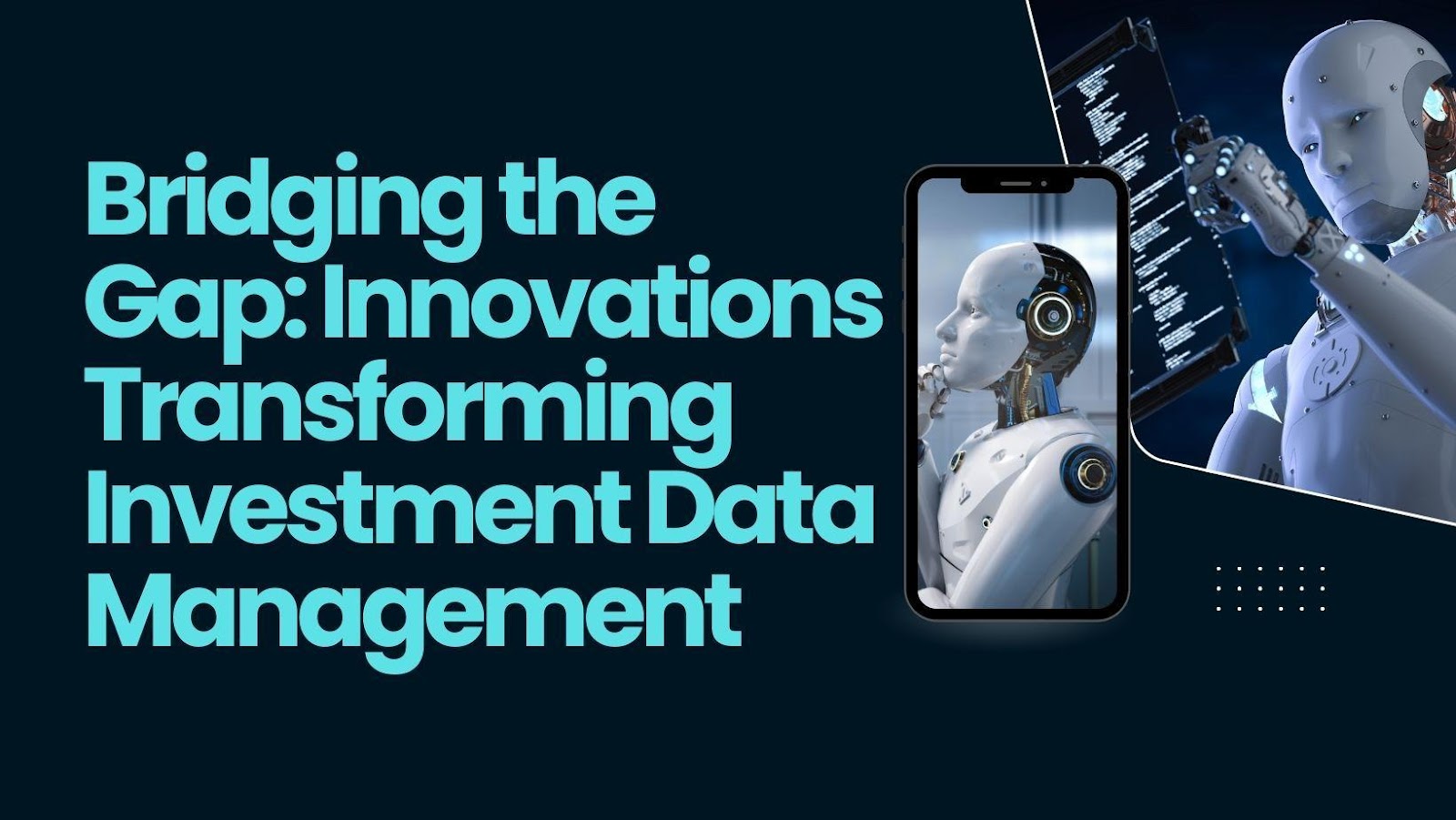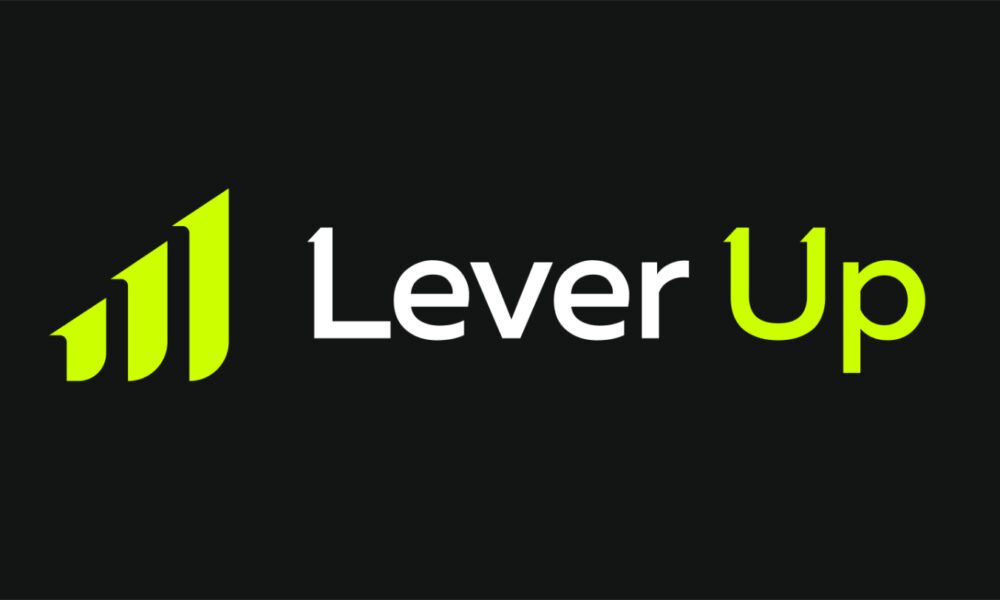In the dynamic world of investment management, Aniket Gharpure has explored the transformation of data management systems in a recent article, focusing on the critical shift from traditional frameworks to more integrated models. Collaborating with a co-author, Gharpure delves into the technological innovations that are reshaping how investment and accounting systems – namely, the Investment Book of Record (IBOR) and Accounting Book of Record (ABOR) – operate in today’s complex financial markets. This article highlights the emerging trends that are improving data management, reconciliation, and operational efficiency across the investment management landscape.
Understanding IBOR: Real-Time Insight for Investment Managers
The Investment Book of Record (IBOR) has revolutionized investment management by providing real-time, actionable data. Traditionally, investment professionals relied on static, end-of-day data, but IBOR changes that paradigm by offering a real-time snapshot of portfolio positions and cash flows. This evolution has become a competitive advantage as firms increasingly turn to IBOR to gain the agility needed in volatile markets. By consolidating data from various sources, IBOR enables professionals to make timely, informed decisions based on the latest available data, enhancing the ability to manage risk and capitalize on market opportunities.
ABOR: Ensuring Accuracy in Financial Reporting
In contrast to IBOR’s focus on active decision-making, the Accounting Book of Record (ABOR) plays a crucial role in ensuring accurate and compliant financial reporting. ABOR serves as the official record of investment positions and transactions, which must meet strict regulatory standards. The tension between IBOR and ABOR lies in their different goals – IBOR prioritizes real-time data to aid decision-making, while ABOR must adhere to established financial principles for reporting. This distinction is particularly important in an era where regulatory demands are intensifying, and firms must produce accurate, auditable financial records to remain compliant.
Innovative Solutions: The Path to Integration
To address the challenges posed by the IBOR-ABOR divide, leading firms are investing in several innovative solutions. A key development is the implementation of unified data architectures, which allow both IBOR and ABOR systems to draw from a common data repository. This approach reduces reconciliation efforts and accelerates decision-making by providing a consistent, real-time view of both investment data and accounting records. Near real-time accounting capabilities further narrow the timing gap between the two systems, while bi-directional reconciliation tools automate the comparison of data, making it easier to identify and resolve discrepancies as they arise.
API Integration: Enabling Seamless Data Exchange
As firms continue to pursue integration strategies, the use of Application Programming Interfaces (APIs) has emerged as a critical tool for connecting IBOR and ABOR systems. APIs allow for real-time data exchange between these systems, enabling a more flexible and dynamic approach to data management. This innovation has significantly accelerated integration efforts, with firms reporting faster project delivery times and a reduction in manual reconciliation efforts. The shift toward API-based integration is particularly beneficial for firms that operate multiple specialized systems, as it preserves their existing infrastructure while enabling better coordination between investment and accounting functions.
Cloud Technology: Scaling Investment Operations
Cloud-based solutions have become a cornerstone of modern investment data management. These platforms provide the scalability necessary to handle the massive volumes of data generated by IBOR and ABOR systems, all while reducing infrastructure costs. The cloud’s flexibility allows firms to quickly scale their operations during periods of market stress, ensuring that they can handle increased transaction volumes without compromising performance. Moreover, cloud solutions enhance collaboration between different teams, facilitate the deployment of new capabilities, and improve the overall efficiency of investment operations.
In conclusion,the ongoing transformation of investment data management is pushing firms to rethink how they manage and integrate their IBOR and ABOR systems. As technological innovations such as AI, blockchain, and cloud computing continue to evolve, firms are moving towards more integrated data infrastructures. These advancements are not just enhancing operational efficiency but also improving risk management and regulatory compliance. As Aniket Gharpure’s work demonstrates, the future of investment operations will likely involve unified systems that support both real-time investment decisions and rigorous accounting requirements. The firms that successfully navigate this transformation will be better positioned to thrive in an increasingly complex financial landscape.





























